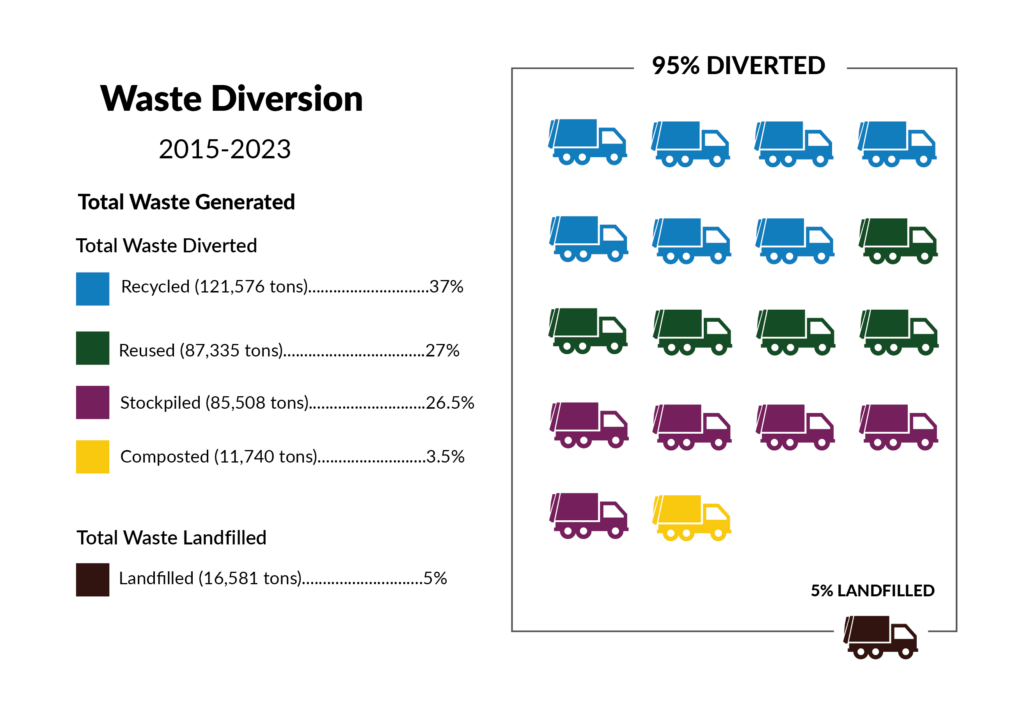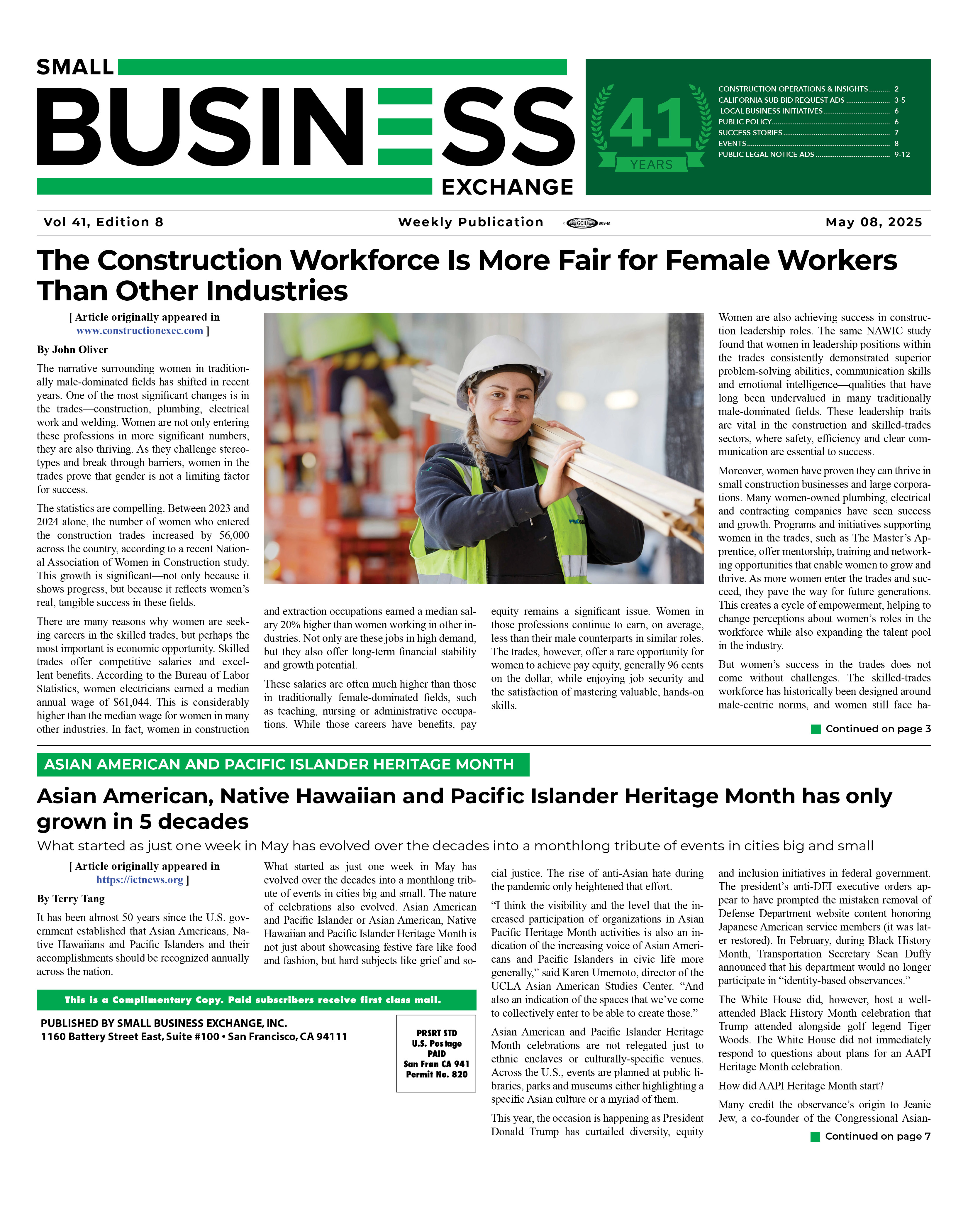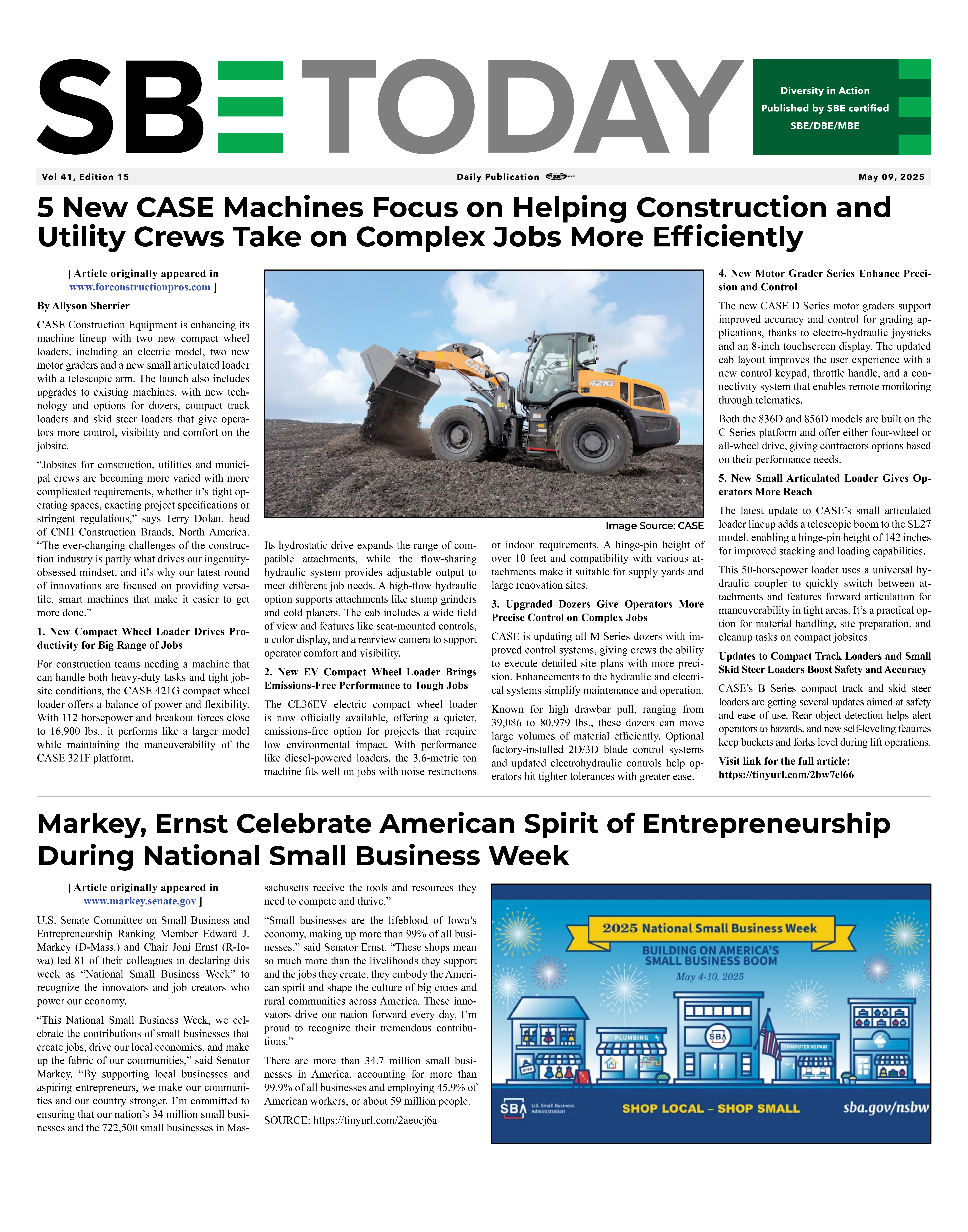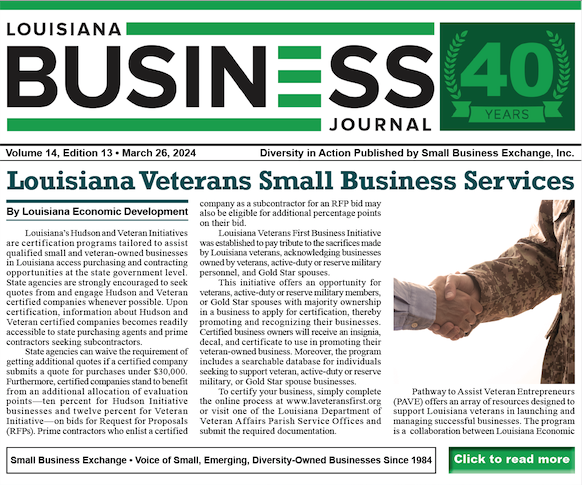NEWS RELEASE: Sustainability at Core of California High-Speed Rail ProgramMasood
05/06/2025
SACRAMENTO, Calif. –The California High-Speed Rail Authority (Authority) is celebrating Earth Day by highlighting significant sustainability milestones achieved over the past year. The high-speed rail program is delivering one of the most significant and greenest infrastructure projects in the nation. Margaret Cederoth, Director of Planning and Sustainability“In the spirit of Earth Day, the Authority recognizes sustainability as the very core of an electrified, high-speed rail system – an overall critical component of an economically dynamic and carbon-neutral transportation future. Even in construction we’re committed to advancing this program cleanly, with the Authority’s policies and practices leading us to reduce or avoid more equivalent emissions in the Central Valley than have been created so far.” Clean Construction Practices
Economic and Community Impact
Sustainability and Natural Resources Conservation
Just last month the Authority announced next steps in securing a Central Valley Photovoltaic and Battery Energy Storage System, which will produce and store energy in battery systems to ensure uninterrupted rail operations and enhance energy resilience, lower operational costs, and reduce reliance on the traditional power grid. The high-speed rail system will operate on 100% renewable energy, reducing California’s greenhouse gas emissions by 0.6 to 3 million MTCO2e annually – this is the equivalent of removing 142,000 to 700,000 cars off the road. The Authority is committed to supporting the state’s strong advocacy for environmental protection and climate action. Construction of the high-speed rail project is happening every day. There are currently 171 miles under design and construction from Merced to Bakersfield. Click here for more information on the Authority’s contributions to California’s sustainable future. Interviews in Spanish are available upon request. For more information, contact the Authority’s media relations office at: news@hsr.ca.gov Se ofrecen entrevistas en Español bajo solicitud. Para obtener más información, contacte a la Oficina de Relaciones con los Medios por correo electrónico: news@hsr.ca.gov For the latest on high-speed rail construction, visit: www.buildhsr.comExternal Link The following link contains recent video, animations, photography, press center resources and latest renderings: https://hsra.app.box.com/s/vyvjv9hckwl1dk603ju15u07fdfir2q8External Link
Files are all available for free use, courtesy of the California High-Speed Rail Authority. Back To News |
|
|







